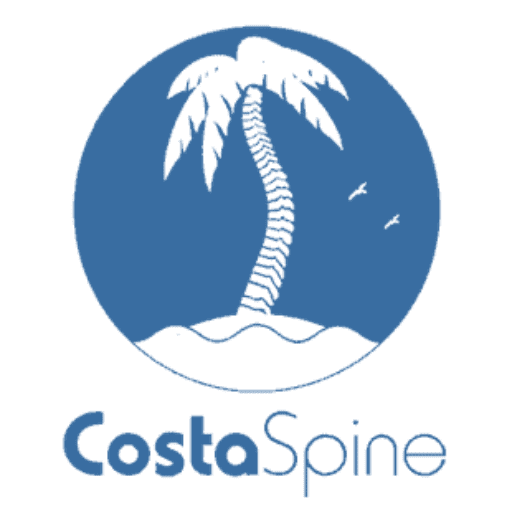Padel is the fastest growing sport in Spain. Along the Costa del Sol there are many padel clubs with players from many different locations. There is no better place to be a padel player than here along the coast. Whether you’re a seasoned professional or first-time player there are risks of being injured while playing. Racquet sports in general are very demanding on the body due to the repetitive movements and traumas. The sport is played by people with many different techniques, physical condition and age. Many of these factors can lead to risk of injury.
The most common injuries we see from padel are those to the elbow and shoulder followed by the lower back, knee and calves.
Below we will discuss the three most common injuries that may happen when playing padel.
Tennis Elbow (Epicondylitis):
This is the most common injury in padel. This is due to the inflammation of the extensor muscles of the forearm. These become inflamed from the repetitive microtrauma and overload that the arm goes through during an incorrect strike of the ball during play. Vibration is transmitted to the forearm at the moment of hitting the ball. This vibration travels from the racquet through the wrist and into the soft tissue structures of the forearm to the outside of the elbow. This most often occurs during the backhand stroke.
Using proper technique will reduce the microtraumas and the vibrations from the racquet to the body. Beginners are advised to have lessons with a coach in order to learn the correct techniques. Try different handle thickness to see which best fits your hand for optimal grip. Use a racquet that is not too heavy for you, test racquets before buying them to see what is best for your body and playing style. Strengthen your forearm with a light weight or elastic rubber. This can be done by holding a weight with your palm facing down, the forearm is then extended upwards towards the outside of your elbow. This can be done three times for 15 repetitions.
Shoulder Injuries (Rotator Cuff):
Most injuries to the shoulder occur to the rotator cuff, which contain the muscles and tendons that stabilize the shoulder but also help perform the movements required. In Padel the shoulder is most often injured during the overhead smash.
There can often be an imbalance that develops between the external and internal rotation of these muscles in the rotator cuff. These can lead to injury due the imbalance that occurs. This is only possible to correct through a postural re-education program and improvement in the technique of the strokes.
At CostaSpine we advise our clients to increase their rotator cuff strength to provide more stability to their shoulder but also power. Increased thoracic mobility allows more flexion and extension of the trunk which will reduce the stress through the rotator cuff. Beginner players tend to try and overhit the smash, so it is important to reduce the velocity of this when learning the stroke. A proper warm up and stretch before and after playing will help reduce the tension that is built up around the shoulder. Underlying issues in the neck can also cause shoulder problems. So if you’re constantly having shoulder issues, then make sure to get your neck checked.
Lower back Injuries
The lower back is constantly moving during a game of padel. That is why it is vital to have good postural control in order to allow correct movement and prevent injuries. Again, the smash is the cause of many lower back injuries. New players tend to overextend their back while going for a smash. This places a large load of the posterior supporting structures such as the muscles and ligaments which will fail after a period of time. The constant twisting and rotation of the game can also cause issues to develop in the discs of the spine. This may start to develop in the back as stiffness which then radiates down the glute and into your legs.
Make sure to get your back screened for any underlying issues and make sure that spinal mobility is part of your warm up program. Pilates class or some home core strengthening exercise such as the glute bridge or plank may help strengthen your core.
Remember that as soon as we have any of these symptoms, we should not hesitate to go to a specialized professional. They will advise on treatment and on the recovery guidelines. This may reduce injury and have you playing many more games of Padel in the future.
Yours in Healthcare

